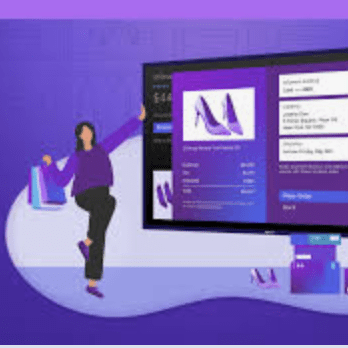Sure, you’ve got lots of B2B data. But do you have a plan for how to use it?
Now is the time to set your big data agenda, Laura Ramos, vice president and principal analyst of Forrester Research told attendees at the recent BMA15 conference in Chicago.
“There’s so much data available now on your customer’s business needs, behavior, social actions and technical needs/capabilities,” she said. “You need to use this data to look forward and see what markets you should be entering and what types of customers you should be going after.”
Applying analytics to the entire customer lifecycle can help marketers really predict the future, Ramos said, noting that Forrester research shows 53% of B2B prospects prefer to gather information on their own rather than talk to a salesperson, making connecting with your audience in an effective way essential.
How do you make this work? Commit to continuous improvement and deeper engagement, she said. “Set a hypothesis and build models to test. And reconcile your data to better understand your customers.”
Marketers must evaluate your marketing data environment, agreed Theresa Kushner, vice president, data governance, VMWare. “Use information from the intersection of big data and little data—learn from your mistakes.”
Kushner advises marketers to access their B2B data environment. “Where is your data? What state is it in? Who is managing it? What are you using it for? Where is it delivering value and where is it not? How many time have you bought the same names?”
To bring things down to a manageable level, consolidate your metrics, she said. Start with a baseline and measure at consistent levels—measure what counts for your brand and evaluate industry trends. Propensity-to-buy models can help identify which customers are most likely to purchase, she noted.
More from BMA15:
 Network
Network

